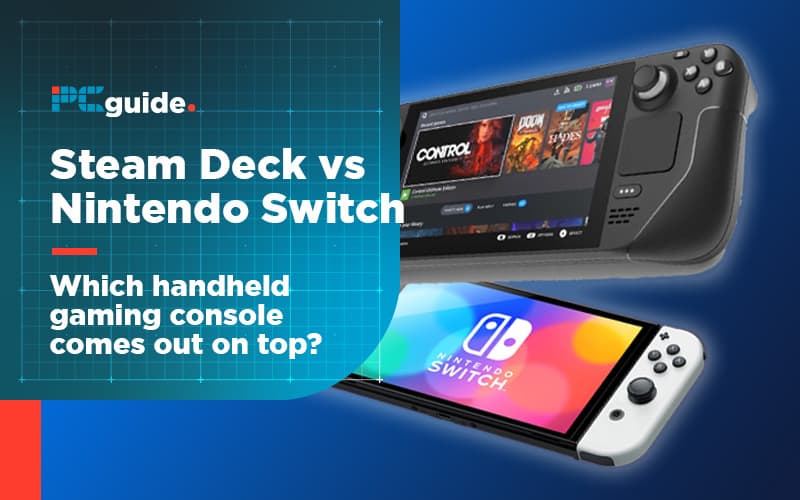Last Updated on
Steam Deck is very much the Nintendo Switch Pro we were all hoping for before Holiday 2021. With Nintendo hell-bent on bi-yearly minimal hardware upgrades, Valve has filled the portable AAA gap in the market.
However, Nintendo products mean a lot more to consumers than computing power, and Nintendo knows it. The Nintendo Wii was a slim Gamecube with motion controllers, but it outsold its competition due to its first-party content and ability to take big financial risks to get over in living rooms worldwide.
It’s the age-old tale of consumers creating a console war between game/console developers, one is more powerful/has a bigger back catalogue so It must be better. It seems that most media outlets are positioning the Steam Deck as the ‘Switch Killer’, but in reality, it’s probably not going to touch Nintendo’s bottom line. Here’s why.
Different Demographics
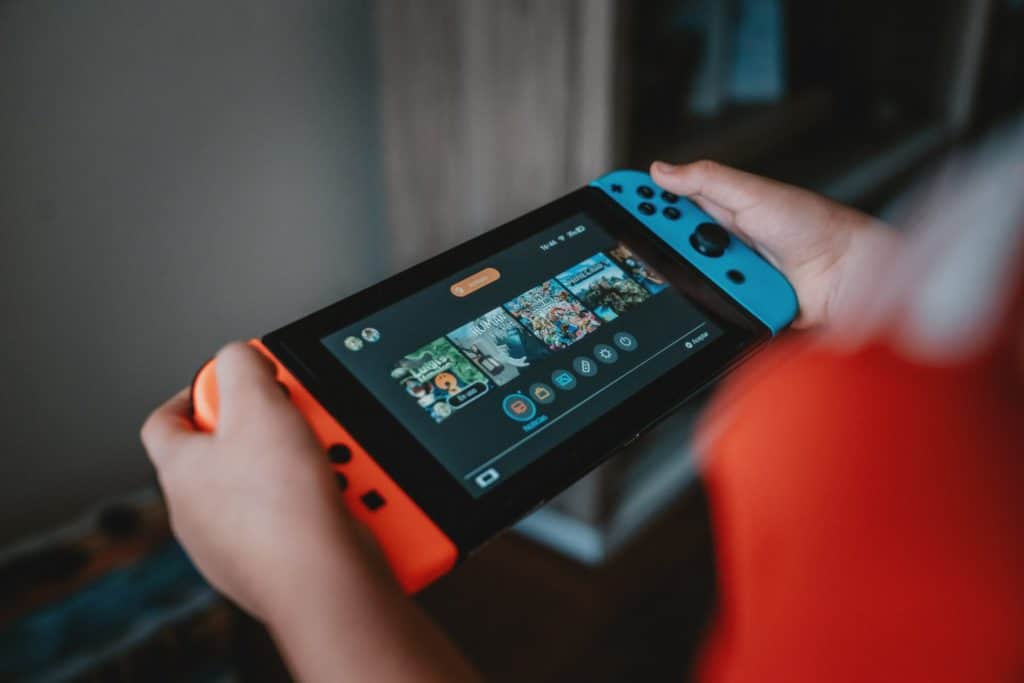
Yes, the Nintendo Switch is known for its poor onboard flash storage of 32GB, which is half of the Steam Deck base model. Nintendo Switch titles also don’t suffer large download sizes for the most part, with PC games rocking 100GB plus download sizes on a good day.
Again, this isn’t comparable. A Nintendo Switch could hold over ten games easily on its onboard storage alone, how many PC games can be held on a base Steam Deck once Steam OS/Windows installations and downloads are factored in? Probably not half as much in most cases.
Yes, you could fit a small army of indie titles from the Steam library on a Steam Deck. The majority of these games are also on Nintendo Switch.
Steam Deck LCD vs. Nintendo Switch OLED
First-party Nintendo Switch games are designed to look great on Nintendo hardware. Breath of the Wild was released four years ago, yet it’s still one of the best-looking games on Nintendo Switch in both docked and handheld mode. Yes, the Nintendo Switch OLED model will feature a better color spectrum and deeper blacks, but that won’t affect how a game plays or looks for the most part and neither will the Stream Decks LCD 800P screen. Let’s not forget that Valve is a little light on first-party games that are specifically designed for the console, meaning the majority of games will need setting configuring to suit Steam Decks hardware.
Should You Buy a Nintendo Switch or Stream Deck?
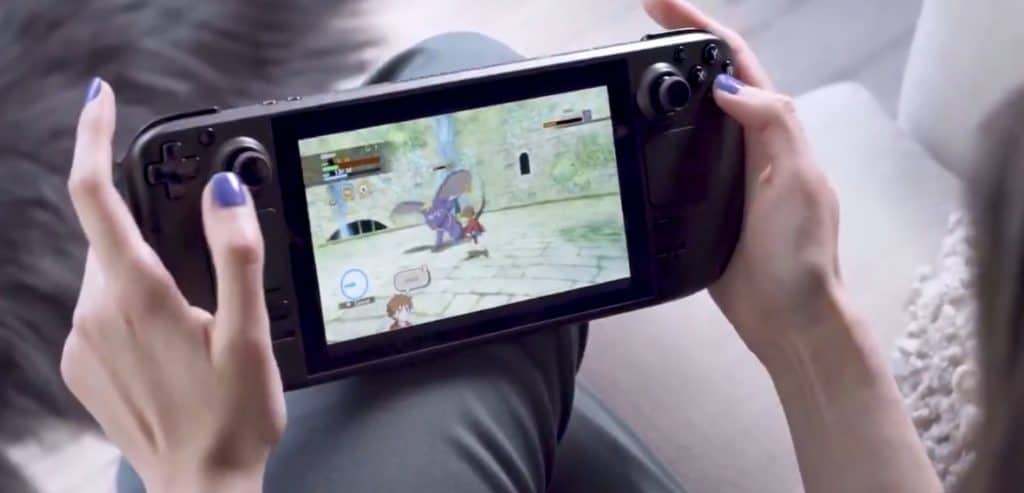
This completely depends on what type of experience you’d like as a gamer, as these two products are not the same thing. It’s like comparing a Google Pixel 5 to an iPad Pro 12.9 inch 2021, completely different devices to meet different needs.
If you’re looking to play the latest games at reasonable resolutions with a high amount of customization/modding/optimization options, the Steam Deck wins hands down. If you’re looking for a product with a solid games library that’s reasonably priced and really wants to play Nintendo games, go for a Nintendo Switch.
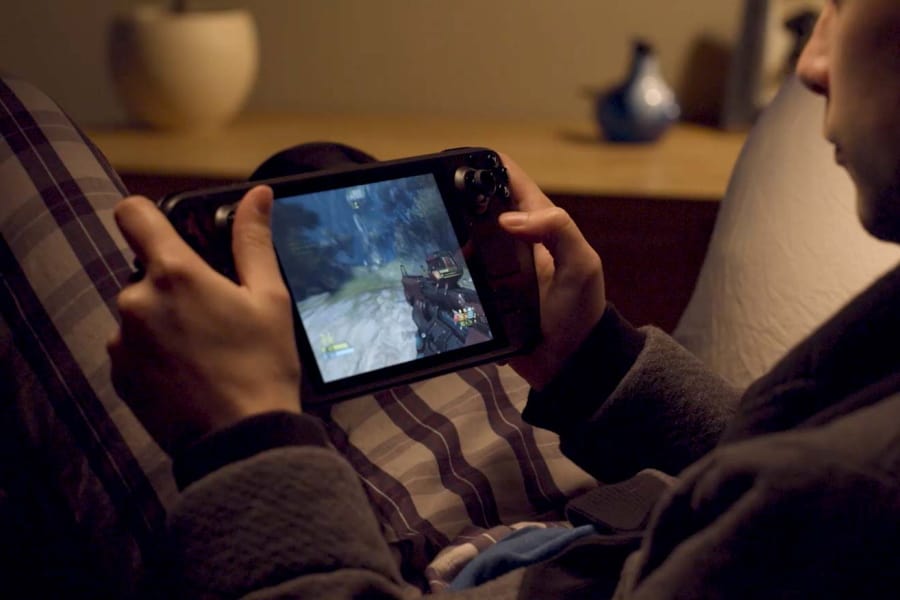
Steam Deck has every chance of getting into a child’s hands, but not many parents would like a minor handle upward for $500 worth of tech. Nintendo currently has two hardware solutions on the market, one of which is sub $200. The Switch Lite is hardwearing and plays (near enough) every game the vanilla Nintendo Switch plays, including the upcoming OLED model.
It could be argued that the Steam Deck can cater to this demographic with it’s enormous games library and ability to run anything a standard PC can run, but who’s going to spend more money to get something they can get for a lot less with less hassle? Steam Deck is for the mature gamer who wishes to play their library on commutes, maybe to tinker with it to get homebrew and Windows running on it. Both views are valid, but sit in different camps and markets.
Steam Deck vs Nintendo Switch OLED Specs
Before we get into a breakdown of the good and bad points of both devices, here’s a direct spec comparison of the Steam Deck and Nintendo Switch OLED.
| Valve Steam Deck | Nintendo Switch OLED | |
|---|---|---|
| Price | $399 / $529 / $649 | $350 |
| Release Date | December 2021 | October 2021 |
| Screen | 7" LCD touchscreen, 1280 x 800 | 7" OLED touchscreen, 1280x720 |
| CPU | AMD Zen 2, 3.5 GHz | Nvidia Tegra X1 |
| GPU | AMD 8 RDNA | Custom Nvidia Maxwell |
| Memory | 16 GB | 4 GB |
| Storage | 64 GB eMMC / 256 GB SSD / 512 GB SSD | 64 GB eMMC |
| TV Connectivity | Dock (Included) | USB-C, Dock (Not included) |
Graphics Hardware
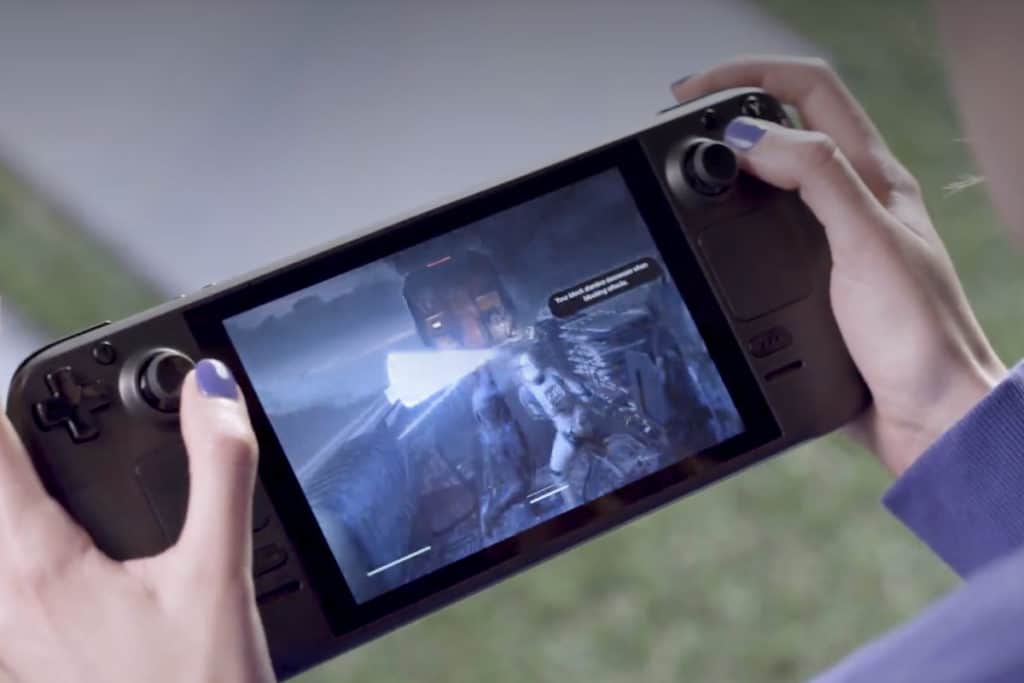
The Switch’s internals at this point are four years old thus meaning that it’s certainly hit the ceiling for graphical output. It’s based on Nvidia Tegra X1 tech which was pretty fantastic but now, in a world where 1080p gaming has become the norm, a handheld that maxes out at 720p appears a little lackluster. Now, the games Nintendo put out aren’t exactly the most graphically intensive so whether this is a huge deal for consumers is a whole different story but it’s always nice not to be maxing out the hardware you’re holding every time you boot up a game.
Looking at the Steam Deck, it showcases a whole new meaning to gaming on the go. You won’t find many limitations here for what this handheld beast can run. It utilizes an AMD Zen 2 chip clocked at 3.5 GHz coupled with an AMD 8 RDNA GPU, perfect for taking your whole Steam library out and about with you. Yes, as we talk about further on in this piece, it’s being output at 800p, but you can play incredibly graphically intensive games such as the likes of Jedi Fallen Order which the Switch simply can’t compete with.
What this graphical hardware comparison boils down to is that yes, the Steam Deck is more powerful and can run a wide variety of titles but should Nintendo really worry about that? Switch owners in the main are buying the console for first-party titles that the Steam Deck literally can’t play so while there is a crossover as they’re both handheld devices, they are aimed at completely different gamers.


